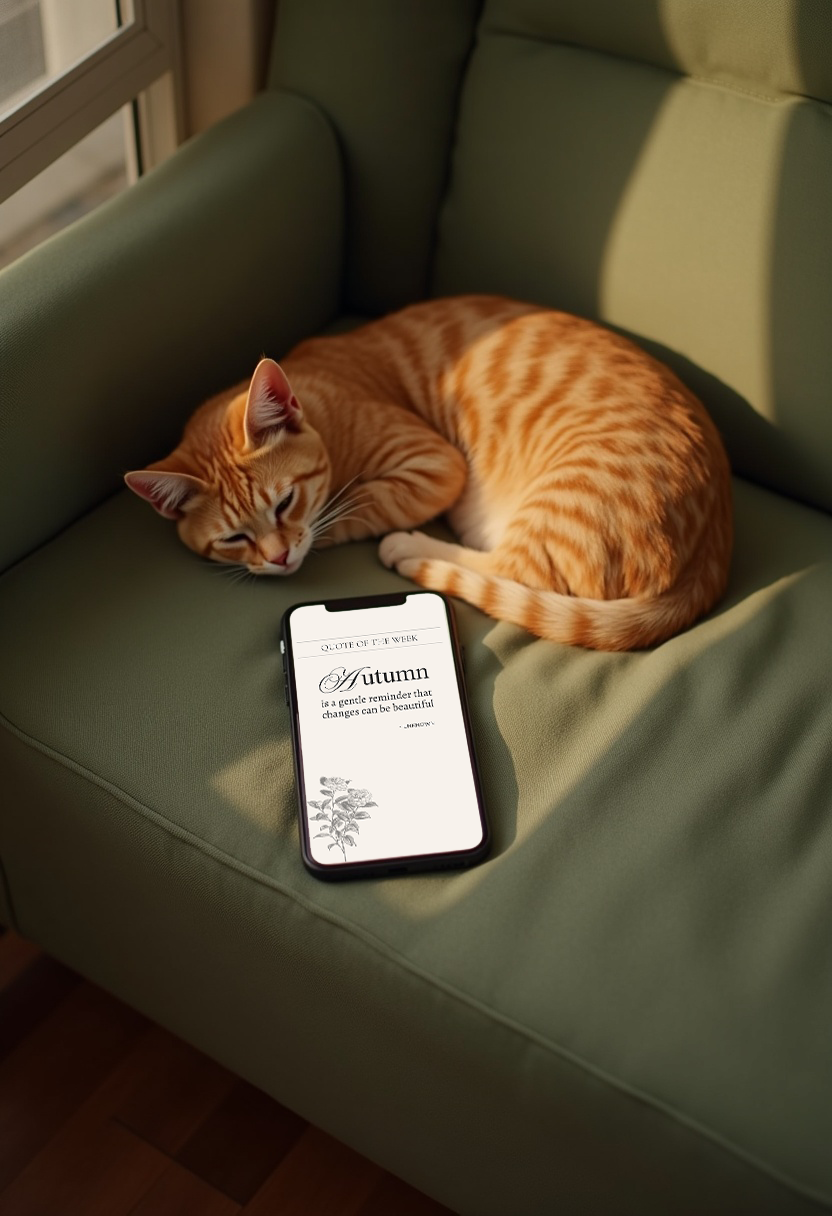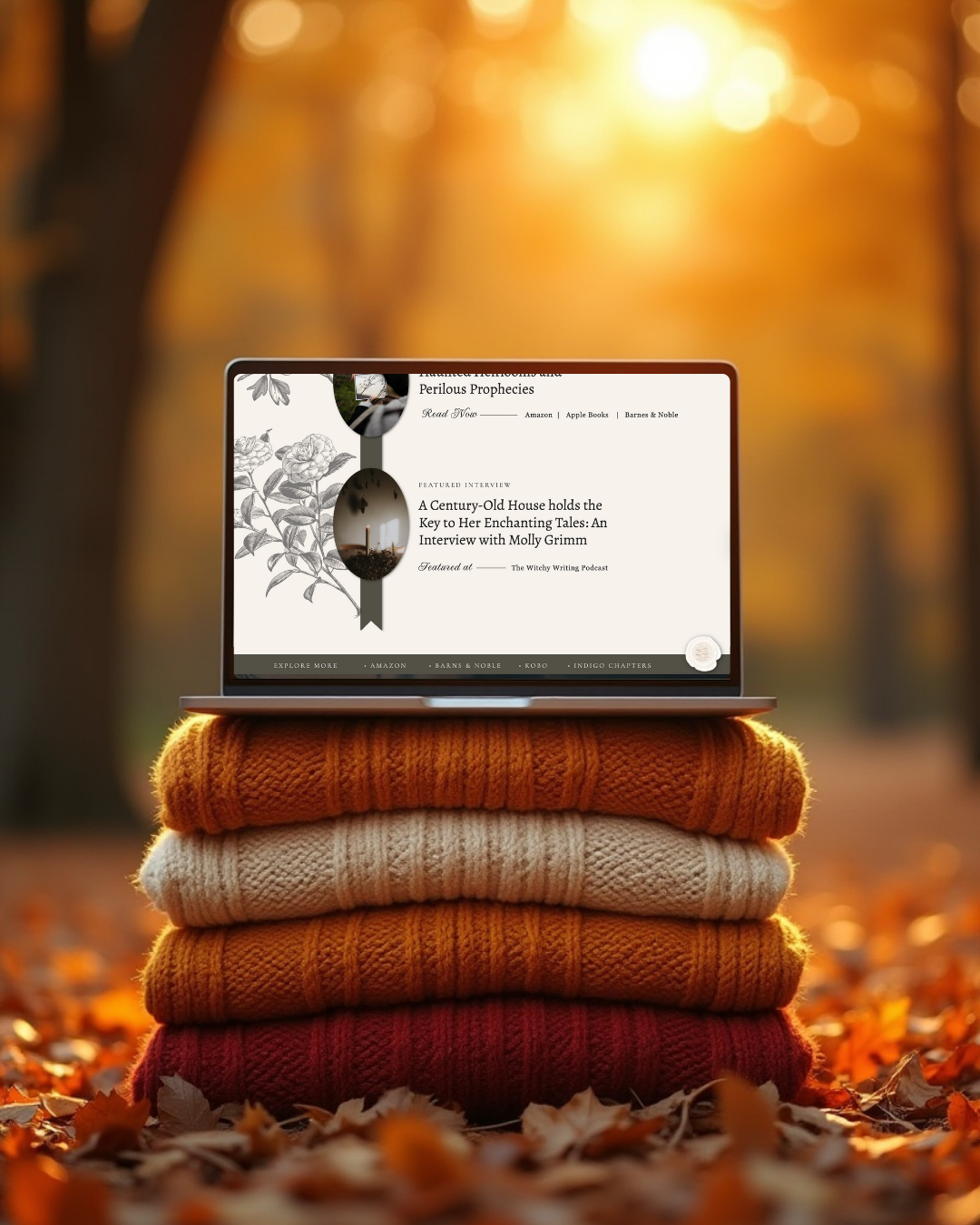If gothic aesthetics thrive in dark vibes, then cozy subcultures are where those dark vibes becomes a seasonal ritual. Online, entire communities revolve around the love of autumn: pumpkin patches, golden leaves, candles lit in October afternoons, porches decorated with lanterns and wreaths. These aesthetics overlap with gothic sensibilities because both celebrate mood, ritual, and the beauty of shadow touched by warmth.
“Pumpkin-core,” as some playfully call it, is the natural extension of gothic coziness. It is gothic stripped of fear but filled with seasonal joy: the pumpkin spice latte beside a novel, the blanket draped across a leather chair, the porch glowing with jack-o’-lanterns at dusk. Online, influencers and communities have turned this seasonal mood into a year-round lifestyle.
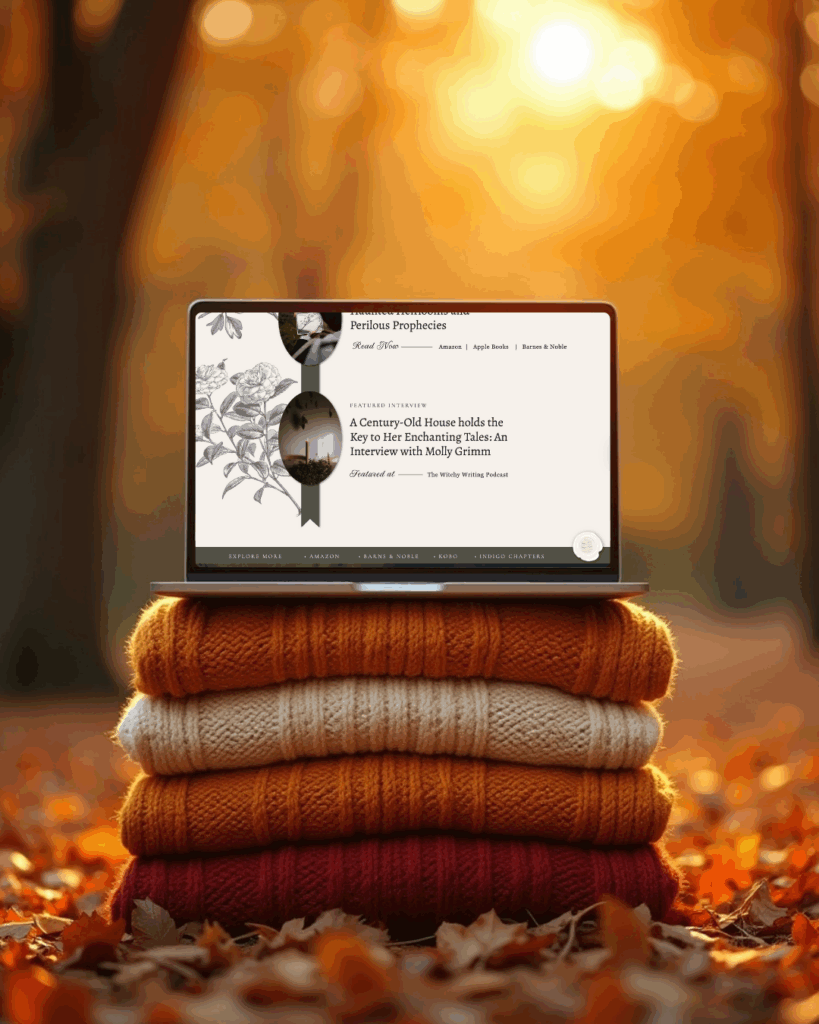
Seasonal Decorating as Ritual
Seasonal decorating is more than putting up objects—it is a way of marking time. In autumn, homes transform: wreaths of dried leaves on doors, candles in amber glass, gourds arranged on windowsills. Inside, blankets, mugs, and books are photographed beside glowing lamps, creating tableaux that feel both personal and communal.
Online, these images flourish on Instagram and Pinterest. They are not just décor—they are mood boards in real time. Every pumpkin placed on a step, every candle lit beside a book, every leaf pressed into a journal becomes part of a collective aesthetic. And like Victorian parlour rituals, it elevates daily life into ceremony.
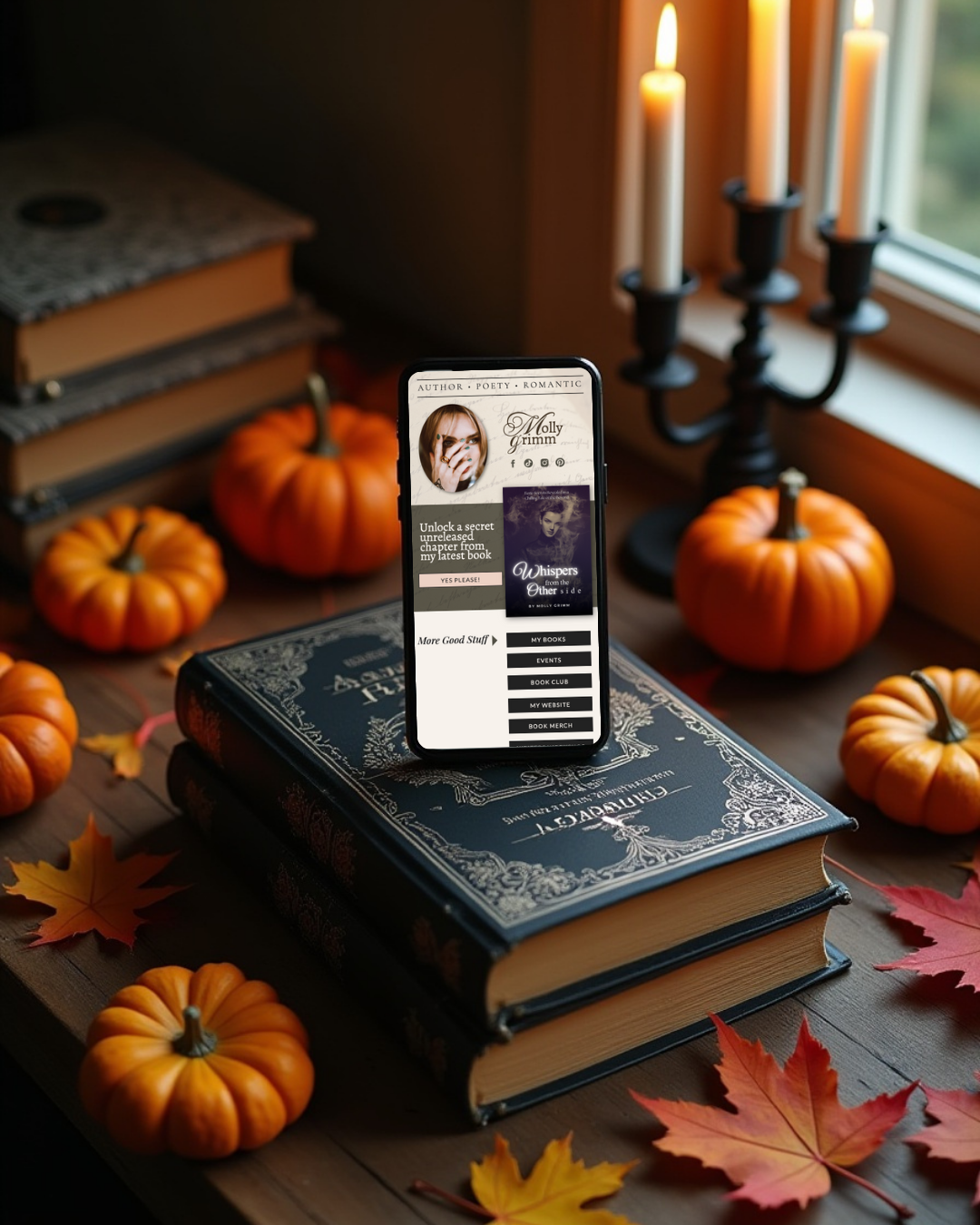
Autumn Influencers
There are entire influencers devoted to autumn. Their feeds shift with the seasons, but September and October are their true stages. They share images of orchards, hayrides, decorated mantels, spiced baking, and misty mornings. Their captions often echo gothic themes: reflection, nostalgia, the romance of endings.
What distinguishes autumn influencers from generic lifestyle bloggers is their commitment to aesthetics. They don’t just post outfits or recipes; they curate entire moods. Their work is less about products and more about feeling—the sense of walking through a street lined with glowing pumpkins, of holding a steaming mug in a chilly morning.
These influencers demonstrate how gothic aesthetics and seasonal rituals overlap: both are about slowing down, savouring detail, and finding elegance in everyday acts.
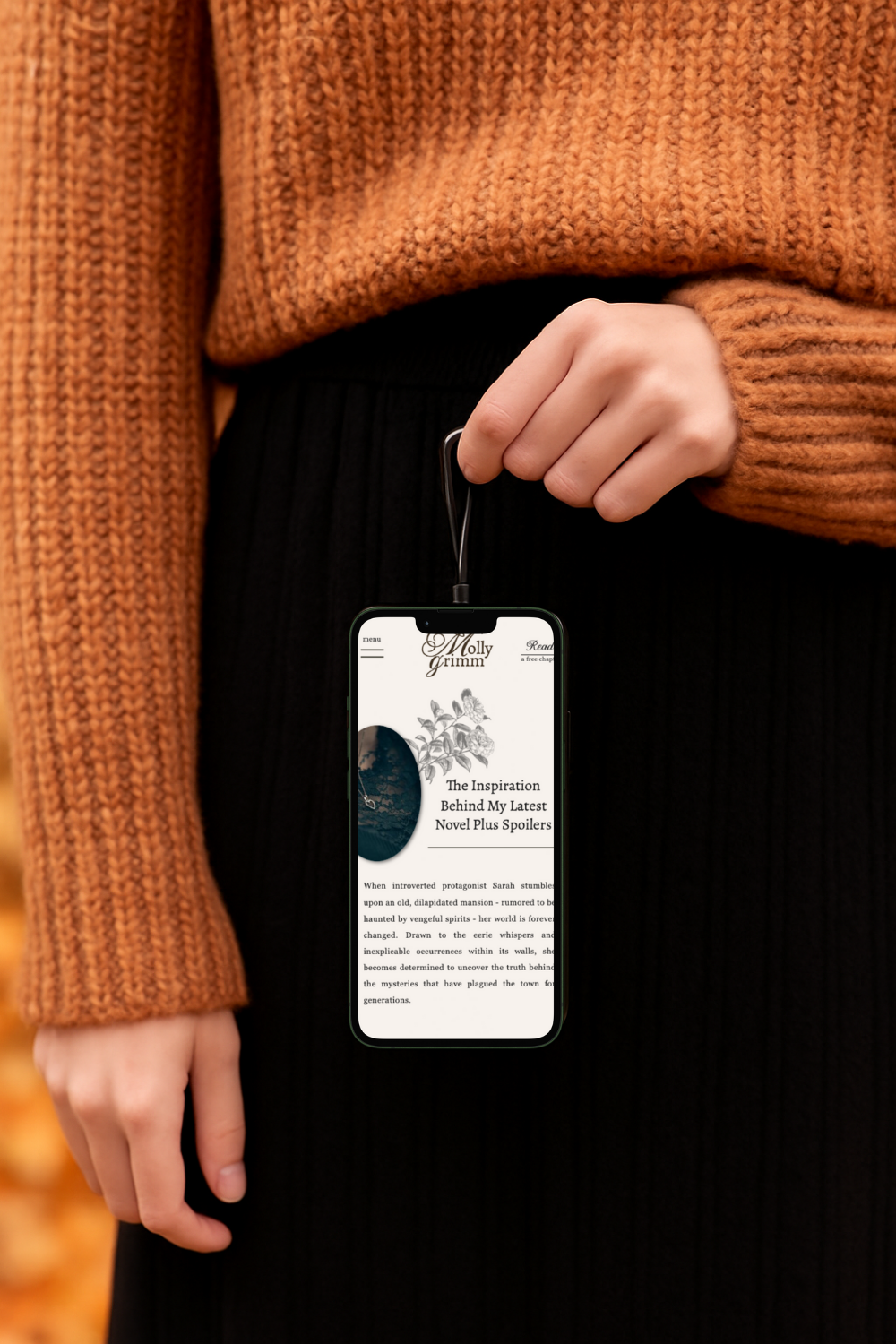
Pumpkin-Core and Digital Rituals
The phrase “pumpkin-core” may sound playful, but it captures something meaningful: the way pumpkins, leaves, and autumn rituals have become icons of comfort. Online, pumpkin imagery functions almost like a spell. A photo of a pumpkin beside a book can receive thousands of likes, not because it is unique, but because it resonates.
Pumpkins are not frightening—they are cheerful, earthy, and abundant. But in their glowing lantern forms, they carry a hint of gothic charm. They belong to Halloween and harvest, to folklore and festivity. Online, this duality makes them perfect symbols of cozy gothic aesthetics: light in darkness, warmth in shadow.
Digital rituals have grown around this. Every September, feeds fill with “first pumpkin spice latte of the year” photos, candlelit autumn tables, and bookstore visits with pumpkin-themed coffee in hand. These acts are not trivial; they are ways of participating in a communal aesthetic, marking time with ritual in the same way Victorians once marked the turning of seasons with décor.
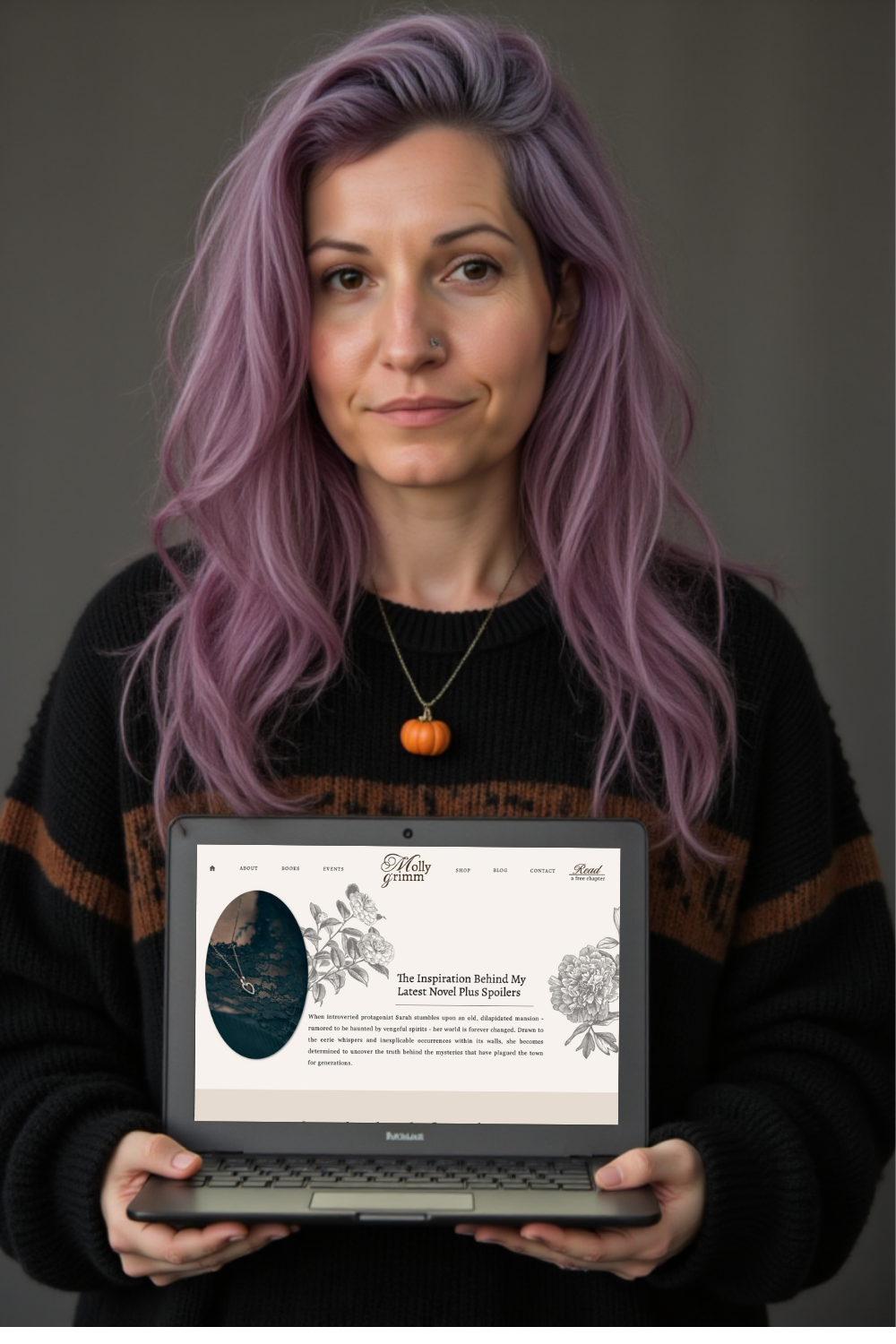
Cozy Gothic and the Year-Round Autumn
For many, these cozy subcultures extend beyond October. Some people decorate with pumpkins year-round, or keep autumnal colour palettes in their wardrobes and interiors, regardless of the season. Online, hashtags like #AlwaysAutumn and #EternalOctober demonstrate how this seasonal aesthetic has become a defining identity.
This isn’t escapism so much as alignment. Autumn offers what many crave: coziness, reflection, and warmth in the shadows. To live in an “eternal autumn” is to immerse oneself in the Gothic mood daily, surrounded by candlelight, natural textures, and rituals that feel timeless.
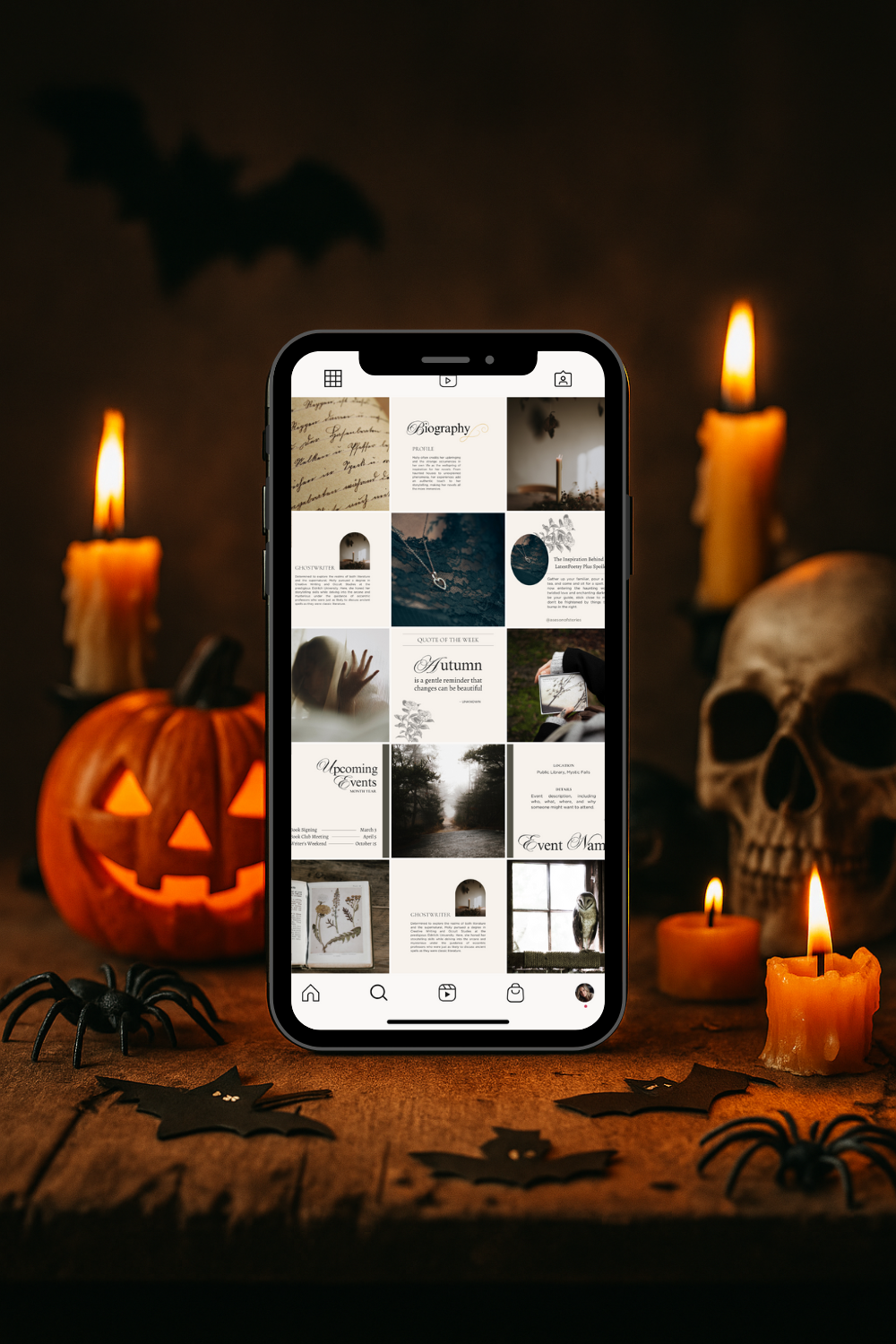
Why Cozy Subcultures Matter
Cozy subcultures like pumpkin-core reveal an essential truth about gothic aesthetics: they do not need fear to thrive. They can be joyous, playful, even whimsical, while still carrying the richness of aesthetics. They show us that gothic charm is not limited to castles and cemeteries—it can live in a pumpkin on a porch, in a candle on a desk, in a mug of cider held against a window streaked with rain.
By embracing seasonal rituals and digital communities, cozy subcultures make gothic coziness accessible to all. They turn aesthetics into lifestyle, shadow into comfort, and seasonal memory into daily practice. And in doing so, they remind us that even in the brightness of modern life, there is always room for a little shadow, a little candlelight, and a pumpkin or two.
